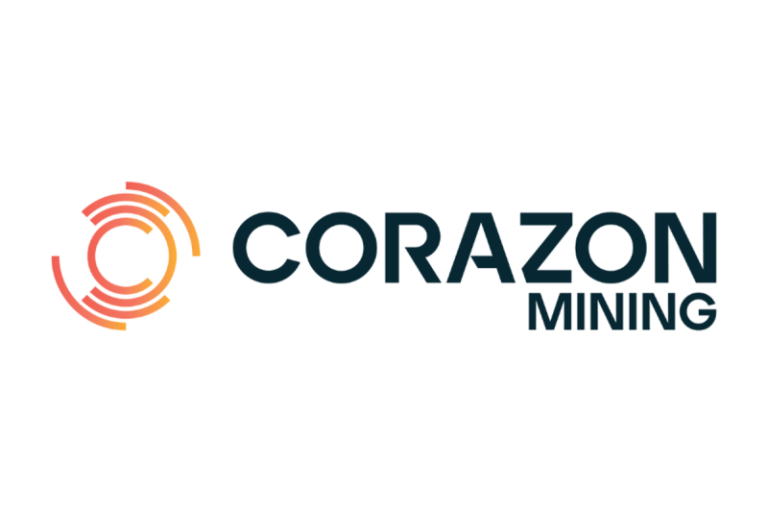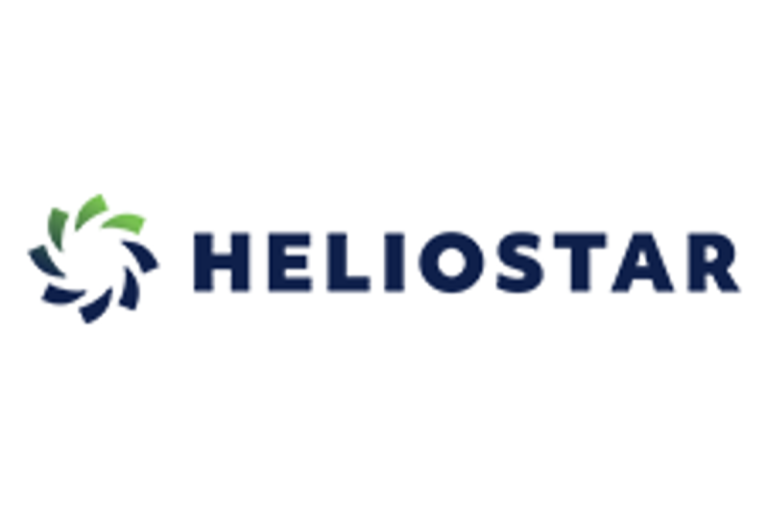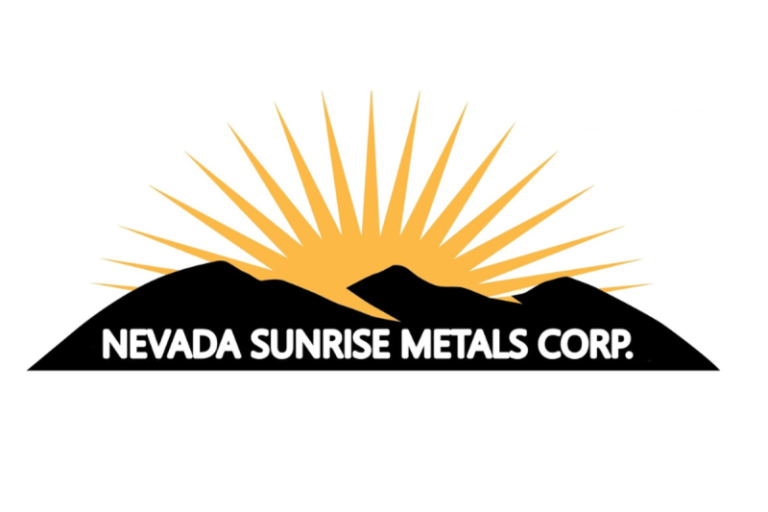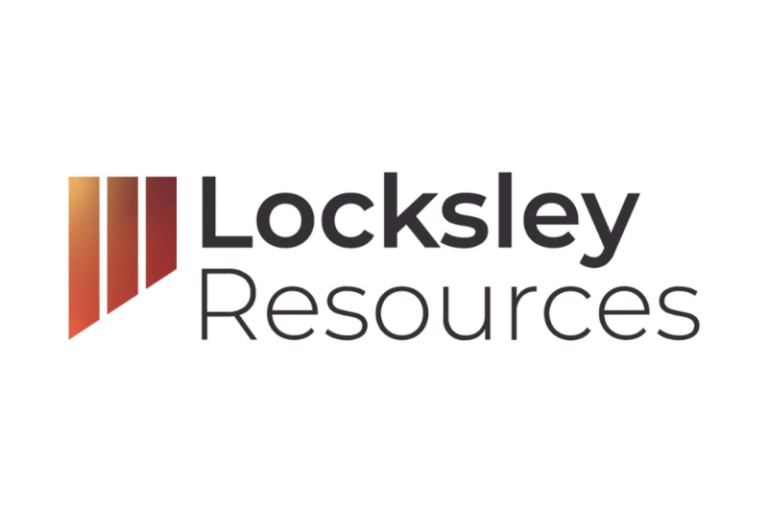The Trump administration announced a sweeping federal civil-rights agreement Friday with Northwestern University, requiring the school to pay $75 million and protect students and staff from any ‘race-based admissions practices’ and a ‘hostile educational environment directed toward Jewish students.’
The Department of Justice (DOJ), Department of Education (DOE) and Department of Health and Human Services (HHS) said in a statement the agreement was intended to safeguard Northwestern from unlawful discrimination’ and calls for the university to ‘maintain clear policies and procedures relating to demonstrations, protests, displays, and other expressive activities,’ as well as the implementation of mandatory antisemitism training.
‘Today’s settlement marks another victory in the Trump Administration’s fight to ensure that American educational institutions protect Jewish students and put merit first,’ Attorney General Pamela Bondi said in a statement. ‘Institutions that accept federal funds are obligated to follow civil rights law — we are grateful to Northwestern for negotiating this historic deal.’
Northwestern will pay its $75 million to the United States through 2028.
The new agreement comes after the Trump administration previously secured a $221 million settlement with Columbia University to resolve multiple federal civil rights investigations. That deal includes a $200 million payment over three years for alleged discriminatory practices and $21 million to settle claims of antisemitic employment discrimination against Jewish faculty after the Oct. 7, 2023, Hamas attacks in Israel.
DOE Secretary Linda McMahon called the Northwestern agreement ‘a huge win for current and future Northwestern students, alumni, faculty, and for the future of American higher education.’
‘The deal cements policy changes that will protect students and other members of the campus from harassment and discrimination, and it recommits the school to merit-based hiring and admissions,’ she said in a statement. ‘The reforms reflect bold leadership at Northwestern and they are a roadmap for institutional leaders around the country that will help rebuild public trust in our colleges and universities.’
Northwestern directed Fox News Digital to a statement made by university president Henry Bienen reacting to the agreement, saying it would restore hundreds of millions of dollars in critical research funding.
‘This is not an agreement the University enters into lightly, but one that was made based on institutional values,’ Bienen stated. ‘As an imperative to the negotiation of this agreement, we had several hard red lines we refused to cross: We would not relinquish any control over whom we hire, whom we admit as students, what our faculty teach or how our faculty teach. I would not have signed this agreement without provisions ensuring that is the case.’
Bienen added, ‘Northwestern runs Northwestern. Period.’
The university president also said the $75 million payment ‘is not an admission of guilt, but simply a condition of the agreement.’ He noted that Northwestern ‘has not been found in violation of any laws and expressly denies liability regarding all allegations in the now-closed investigations.’
In its statement announcing the agreement, DOJ said federal agencies would close their pending investigations and treat Northwestern as eligible for future grants, contracts and awards.
The Trump administration previously put a freeze on approximately $790 million from Northwestern University and over $1 billion in federal funding from Cornell University over potential civil rights investigations at both prestigious schools.










